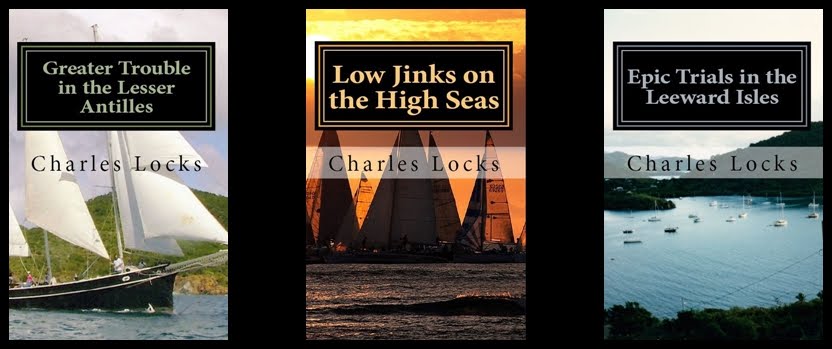There
are many ways to write fiction, but mappers anchor one end of the spectrum and Muddlers anchor the other. My last
post detailed how Mappers operate (plan it out ahead) and revealed several of
the many variations of mapping, some of the needs resolved by mapping (even
Muddlers map a little), and the efficiency of mapping to counteract
commercial pressure. It can be said of
Muddlers (the purest of them make it up as they go) that they aren’t as
organized in their habits and perhaps in their thinking as mappers are, some of
them anyway. Most writers fall somewhere between, but most would
acknowledge they adhere to one school or the other.
Take the writer who wants to create a story along
the lines of “boy meets girl.” The
writer is not certain going in that a happy ending where “boy gets girl back
again” is in the cards. Yet he or she is sure that many options will get
explored as the story is being written. This fits nicely with Bob Shacochis’s
idea: Writing is a process of discovering. I could never outline a narrative;
that just sounds boring. There’s no joy of discovery in what you’re doing if
that’s your strategy. (I highly recommend Easy in the Islands, Bob
Shacochis’s collection of short stories.)
I would argue—not taking anything away from
Mappers—that Muddlers are true relativists and find it antithetical to the self
to write from a script. I also think that they come to the laptop or legal pad
from an entirely different perspective, perhaps one more attuned to the art of
writing than to the business of writing. Certain novels, those focused more on
ideas than action, likely require a Muddler at the keyboard, one who is open to
discovery and not just writing down what a now-closed mind has already
assimilated or conjured up.
Another possibility is that the most successful of
the Muddlers have what T.S. Eliot ascribed to Henry James: A mind so fine that
no idea could corrupt it. While Eliot described what he thought as James’s
brilliance, it occurs to me, rather ironically, that a brilliant mind would not
require a map at all because the map was already in his or her head and no
tangential thought would divert him or her from the mapped course.
I’ve concluded that the biggest difference between
Mappers and Muddlers is Mappers generally have already come up with a solution
to extricate their protagonist(s) from difficulties (by working backwards)
while Muddlers are stuck with their protagonist(s) in a pickle and only the
protagonist, maybe with the help of a supporting character, can get the
protagonist out of trouble. This is especially true when the protagonist gets
into trouble all on his or her own with help from supporting characters
perhaps, but no help from the author. What
makes it the most fun is when the protagonist is at odds with the author
as much as with the antagonist.
I suggested in the first half of this post that
template-writing allowed an author to crank out a book in a very short time.
I’m in no way suggesting Robert Louis Stevenson was a template-writer, but he
is said to have written The Strange Case of Dr. Jekyll and Mr. Hyde in
six days. As a fan of the author, I’m tempted to believe that he got an idea in
his head and worked around the clock to get it down on paper.
Some blockbuster novels have been written in a
relatively short time. Others, like Catcher in the Rye, took many years,
as did Catch 22 and Gone With the Wind. I don’t know if that
proves anything except that there is a “thickness” about them that is
appealing. All three could have been written from a map. I like to think not,
but I did hear from an inside source—a man named Mitchell—that when the
family’s matriarch died, descendants gathered in Atlanta to bury the woman and
divvy up the spoils. Second cousin Margaret, a reporter for the Atlanta
Constitution, got the window shades. A paper shortage in the South during
the Civil War prompted the matriarch to write her diary on the shades. The
rest, as they say, is history. Availing herself of the window-shade diary and mixing
it with her own love story, she penned Gone With the Wind.
I like the idea that Muddlers stand a better chance
of running into serendipity in the exercise of writing a novel—one thing
leading to another. Perhaps the quality of the final product rests on how open
the mind of the Mapper is, embracing the ineffable if it becomes an obstacle.
Perhaps it doesn’t matter at all. Perhaps even Jack Kerouac used a map.
Mappers sometimes tend to tie up too many loose
ends or not create them in the first place. This can lead to a problem in the
lack of verisimilitude. Life is not clean and tidy. The closer the writer gets
to clean and tidy, the less real it may seem, though not all fiction is
realism, and the suspension of disbelief covers a great many sins.




